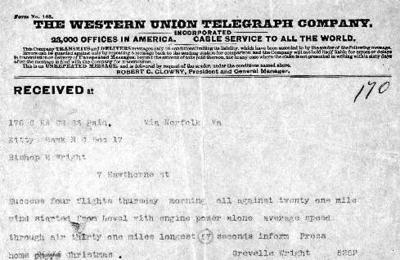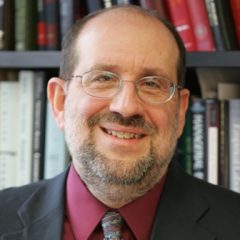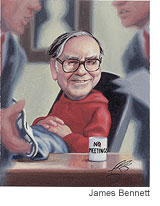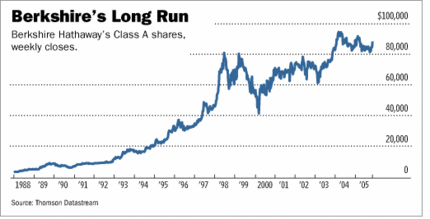 Source of photo: online version of the NYT article cited below.
Source of photo: online version of the NYT article cited below.
KHARTOUM, Sudan, Jan. 30 — Sudan’s government pulled out all the stops for the heads of state who swept into town for the African Union summit conference last week. Streets were scrubbed and welcome signs erected. Elegant new villas, outfitted with fancy linen and china, were put up along the Nile.
And then there was the fancy presidential yacht that was supposed to ferry the dignitaries up and down the river for evening soirees. Much like Sudan’s hopes of assuming the chairmanship of the African Union at the conference, though, the boat never materialized.
Even after the presidents had come and gone, the yacht was nowhere to be found. It was not on the White Nile, which flows northward from Lake Victoria. Nor was it on the Blue Nile, which swoops into Khartoum from Ethiopia.
But Ibrahim Khalfalla never lost sight of the hulking craft, which has two decks and is 118 feet long and 32 feet wide. He was the man charged with getting the boat from Slovenia, where it was built for an estimated $4.5 million, to Sudan, where President Omar Hassan al-Bashir planned to inaugurate it. And although he missed his deadline, Mr. Khalfalla said he did the best he could under the circumstances.
“This is difficult, so difficult,” he said, as the huge tractor-trailer that had been carrying the boat from Port Sudan to Khartoum by road inched close to its destination the other day. “You don’t know how difficult.”
It was actually rather easy to see how challenging a job this was. Even with the boat a mere 200 feet from the water’s edge, serious obstacles remained, like the building that the precious cargo struck while Mr. Khalfalla motioned wildly at the man behind the wheel of the truck.
As the yacht scraped against a brick wall, onlookers let out a groan. Soon workers were atop the boat, prying away bricks.
. . .
But even before the craft hit the water, it was taking on criticism from those who viewed it as an extravagant symbol of just how far removed the government is from the people.
Disparaged in newspapers as “Bashir’s boat” and a “million-dollar toy,” the craft, with its sophisticated satellite technology, elaborate presidential suite and dining facilities for 76 guests, left critics unimpressed.
The Juba Post, saying the government had “missed the boat,” called on officials to donate it to the Red Cross as a floating hospital ship. “Children scrounge for food in Khartoum North,” the paper said, not far from “the president’s expensive shipwreck.”
Another newspaper, The Khartoum Monitor, lamented that the government was using barges to take people displaced from the long war in the south back to their homes while the government imported a luxurious vessel for partying.
For the full story, see:
MARC LACEY. “Khartoum Journal: Sudan Leader Waits, and Waits, for His Ship to Come In.” The New York Times (Tues., January 31, 2006): A4.
(Note: ellipsis added.)
 Source of photo: online version of the NYT article cited above.
Source of photo: online version of the NYT article cited above.





 Source of photo: online version of the NYT article cited above.
Source of photo: online version of the NYT article cited above.
